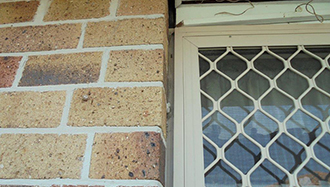Foundation Repairs
The Problem with Sinking Foundations
If the foundation soil on which a concrete slab or footing is built contains degradable material, has been subject to erosion, heavy loading, vibration, or was not adequately compacted at the time of construction, there is a likelihood that over time these soils will subside. As the foundation soil loses volume and sinks, the concrete above is deprived of support and will develop voids beneath and/or drop.
If left untreated, sinking foundations can lead to a number of issues of concern which include:
- Trip hazards,
- Reduced asset value and rentability/saleability,
- On going deterioration,
- Reduced operational performance.


















